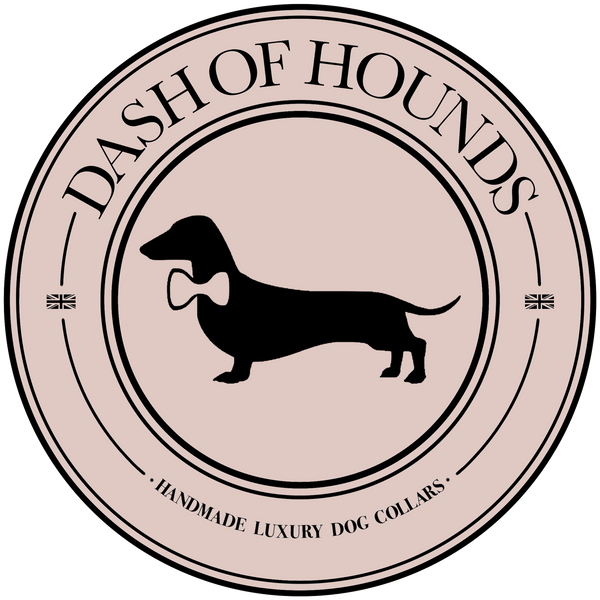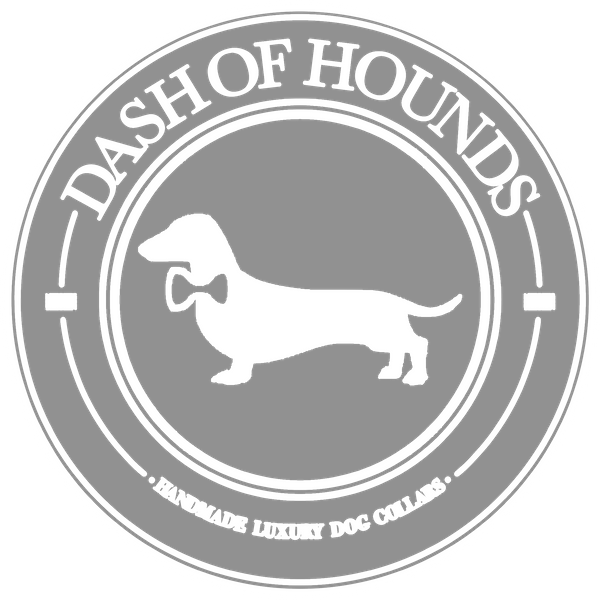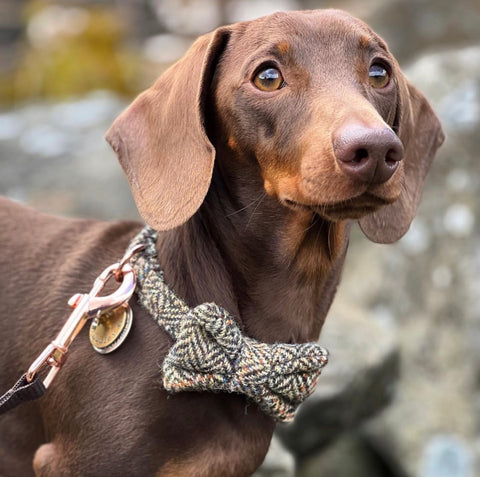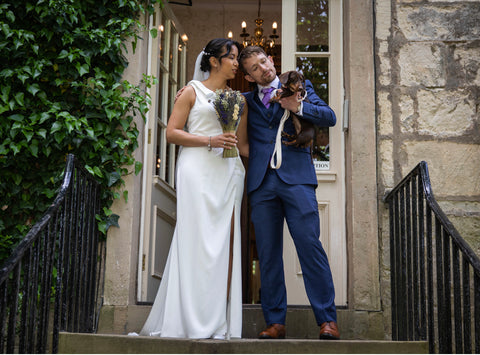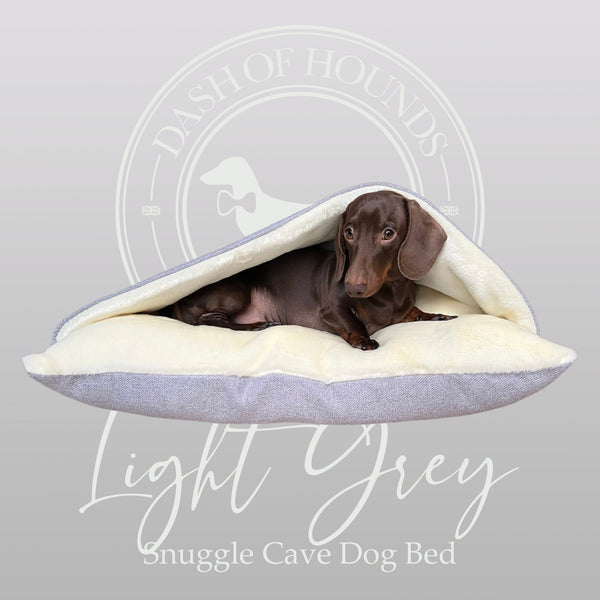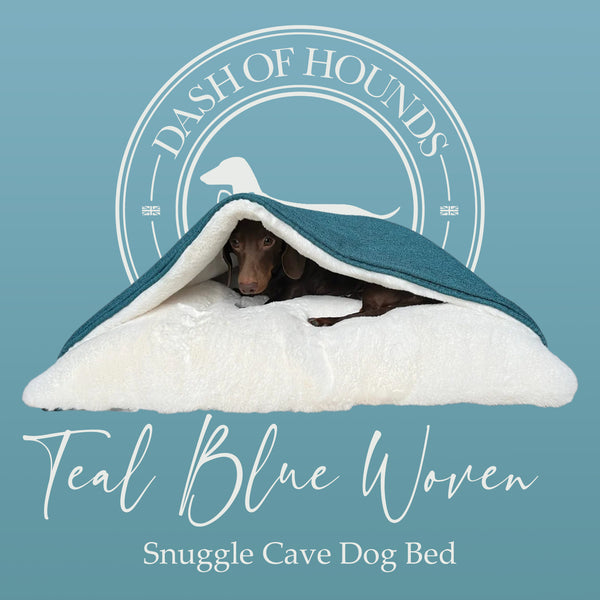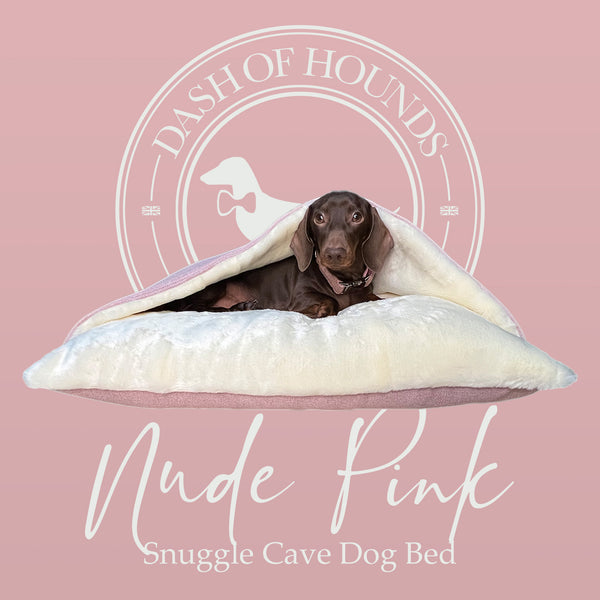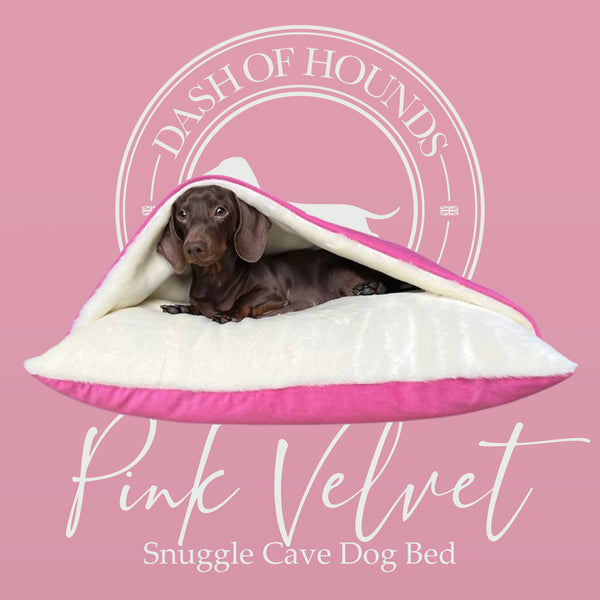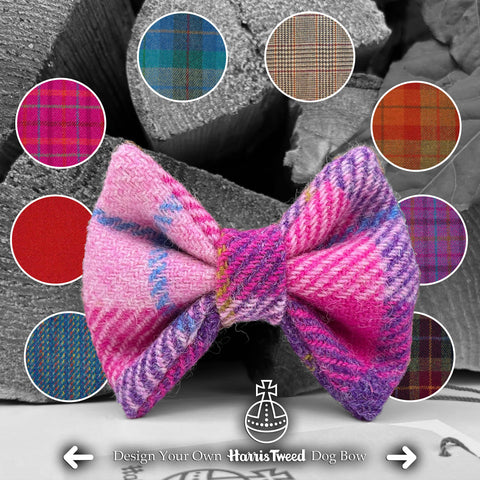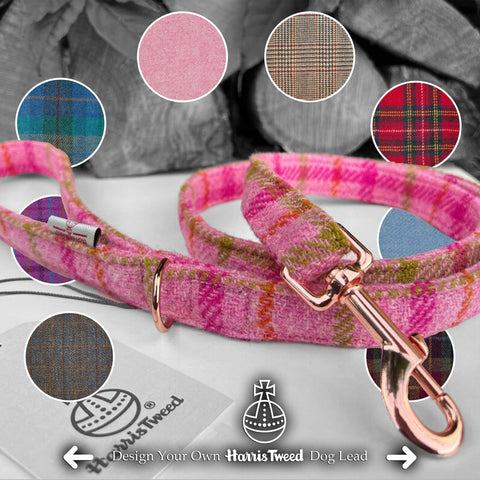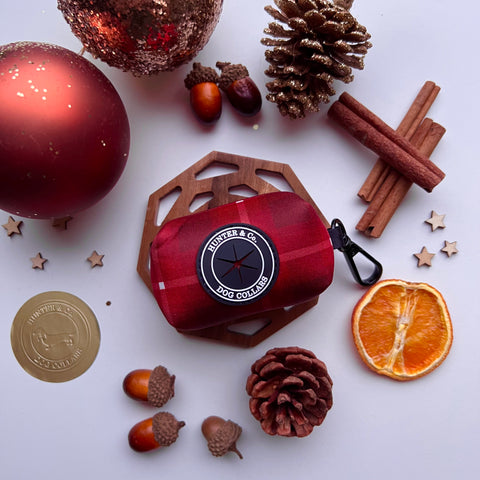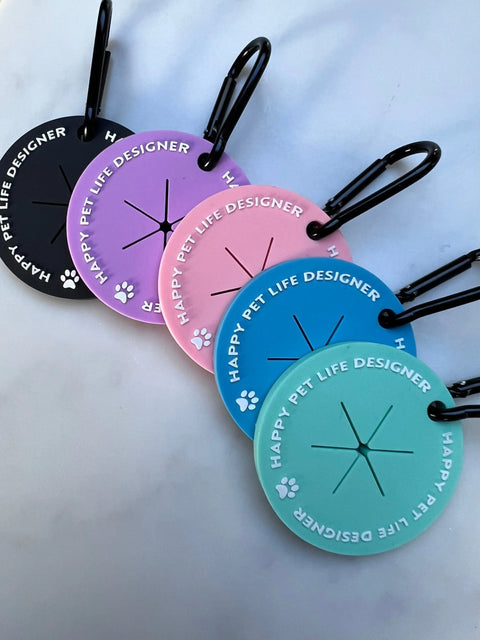Having a garden is a wonderful way to enjoy the beauty of nature, but as responsible pet owners, it's crucial to be aware of potential hazards that could harm our furry companions. Our beloved dogs, who often love exploring the outdoors, can be particularly vulnerable to certain substances commonly found in gardens. In this article, we will discuss various garden poisons that pose a risk to dogs and offer tips on how to create a safe and pet-friendly environment.
- Common Garden Poisons:
Many plants and substances that are harmless to humans can be toxic to dogs. The Kennel Club, a renowned authority on canine health, has compiled a comprehensive list of garden poisons. Some of the common culprits include:
a) Common Flowers and Plants: Azaleas, daffodils, lilies, tulips, and rhododendrons are just a few examples of plants that can be poisonous to dogs. Ingesting certain parts of these plants, such as the bulbs or leaves, can result in serious health complications.
b) Fertilizers and Pesticides: Chemical-based fertilizers and pesticides may contain toxic substances, such as insecticides, herbicides, or fungicides. These products are often used to promote plant growth and protect against pests, but they can be harmful if consumed or even if dogs come into contact with them.
c) Compost: While composting is an eco-friendly practice, certain food items like onions, garlic, and coffee grounds can be toxic to dogs. Moreover, decomposing organic matter can produce mould or bacteria that may cause illness if ingested.
- Ensuring a Safe Garden Environment:
To create a dog-friendly garden and minimize the risk of exposure to toxic substances, consider the following precautions:
a) Familiarize Yourself with Poisonous Plants: Educate yourself about the plants that are toxic to dogs. The Kennel Club's comprehensive guide offers detailed information on the various plants to watch out for. By identifying and removing them from your garden, you can greatly reduce the risk of accidental ingestion.
b) Opt for Pet-Safe Alternatives: When selecting fertilizers, pesticides, and other garden products, opt for pet-friendly alternatives. There are numerous organic or natural options available that are less harmful to dogs. Be sure to read product labels and follow instructions carefully.
c) Secure Hazardous Areas: Designate a safe area in your garden where your dog can play and explore freely. Fencing off any potentially hazardous areas, such as garden beds treated with chemicals or areas with toxic plants, will help prevent accidental access.
d) Proper Waste Disposal: Dispose of garden waste, including pruned branches or uprooted plants, in a secure manner. Dogs may be tempted to chew on these materials, so it's essential to keep them out of reach. Consider using sealed compost bins or arranging for proper disposal methods.
e) Supervise Outdoor Activities: While dogs should have ample opportunity for outdoor exercise, it's crucial to supervise them closely to prevent them from eating or chewing on potentially harmful substances. Be vigilant during walks or visits to parks as well, as these environments may also contain toxic plants.
As pet owners, it's our responsibility to create a safe and enjoyable environment for our furry friends, and this extends to our gardens. By familiarizing ourselves with the potential garden poisons that can harm dogs and taking necessary precautions, we can minimize the risk of accidental ingestion or exposure. Remember to consult your veterinarian if you suspect your dog has ingested something toxic, as prompt action can be critical for their well-being. Let's ensure our gardens remain a source of joy and relaxation for both us and our four-legged companions.
